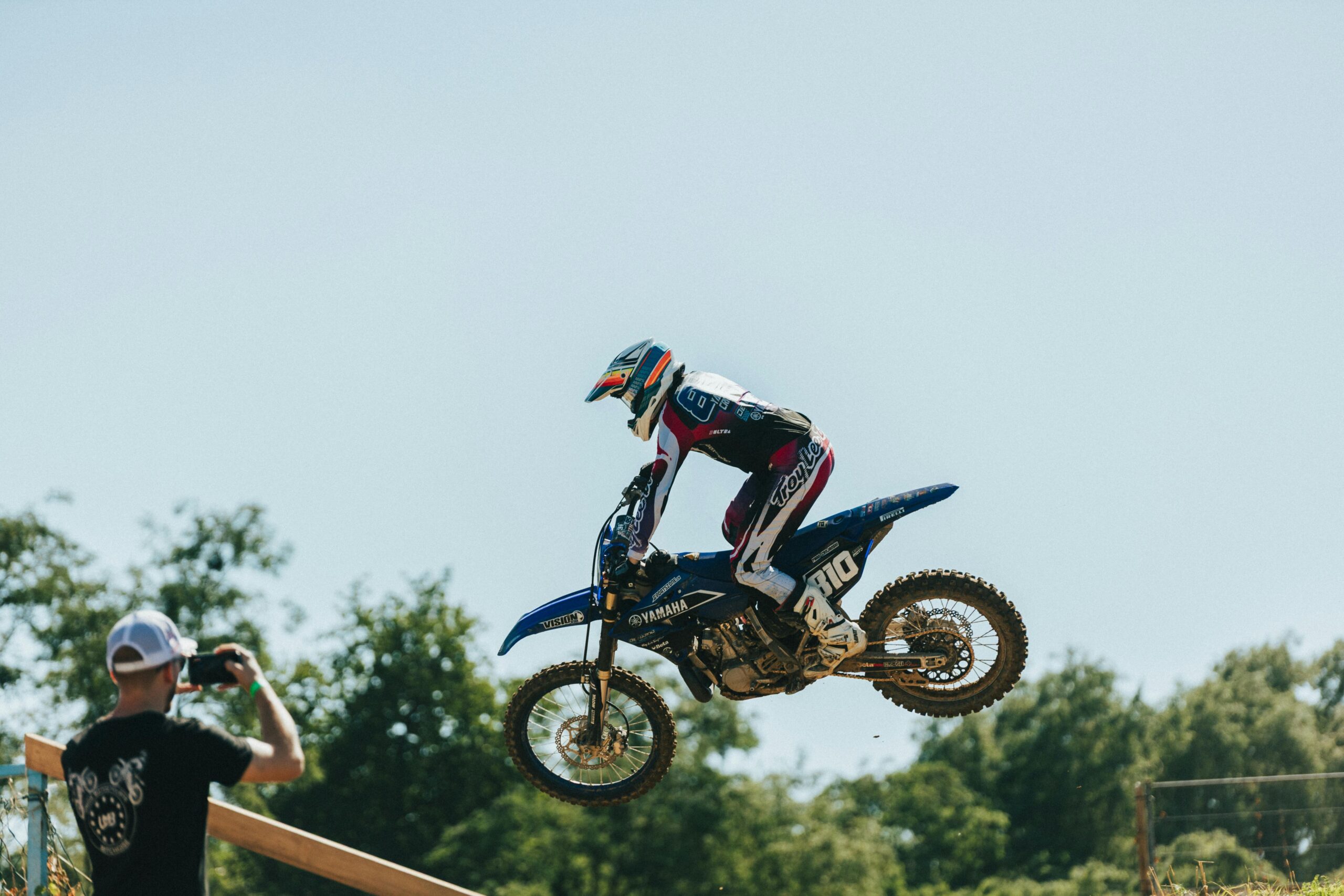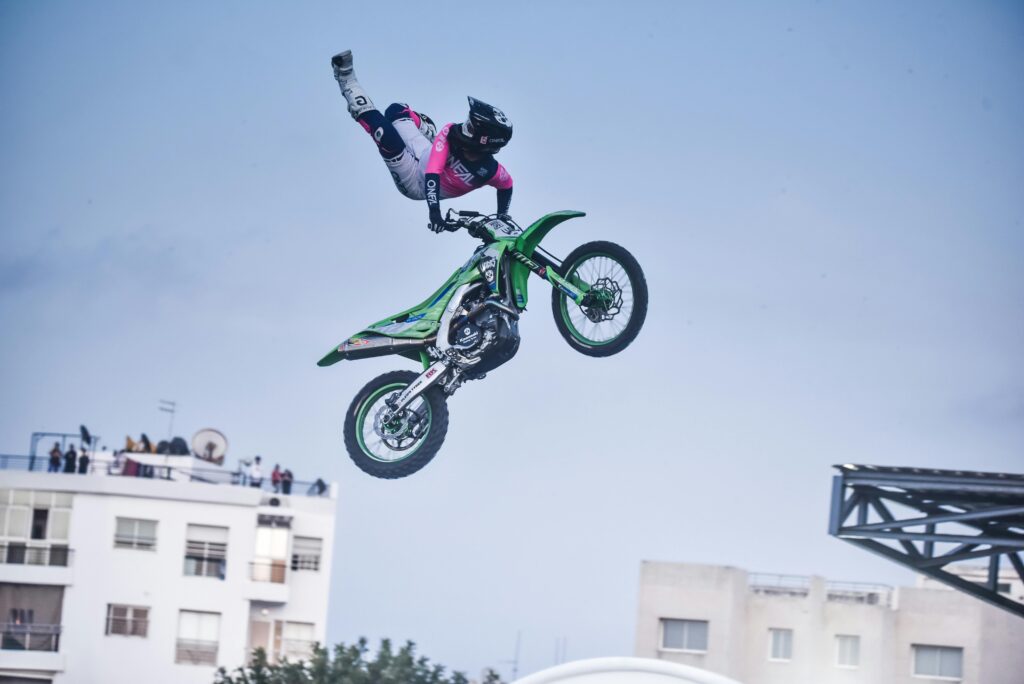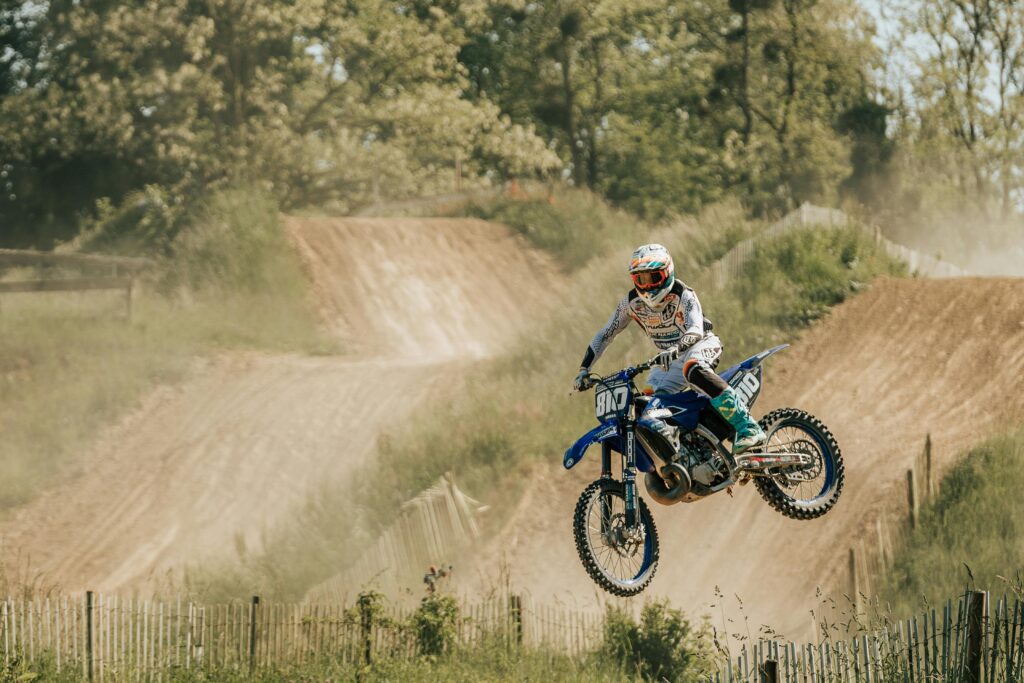“Ever wondered why some riders seem to dominate while others struggle to keep up? Welcome to the fiery world of MotoGP Team Rider Comparisons.”
In this post, we’ll break down what makes certain MotoGP riders stand out within their teams and how these comparisons shape the thrilling dynamics of sports and events. By the end of this guide, you’ll walk away with actionable insights on rider tactics, team strategies, and how fans can better understand MotoGP races. You’ll learn:
- The importance of team rider matchups in racing success.
- A step-by-step guide to analyzing riders’ performance metrics.
- Tips for comparing MotoGP legends vs new talents.
- Real-world examples from past MotoGP showdowns.
Table of Contents
- Why Riders Matter More Than Ever
- Step-by-Step Guide to Analyzing Performance
- Top Tips for Accurate Team Rider Comparisons
- Case Study: The Rossi vs Marquez Showdown
- Frequently Asked Questions About MotoGP Comparisons
Key Takeaways
- Each MotoGP team relies heavily on rider synergy and individual performance.
- Data like lap times, cornering speed, and overtakes are critical for accurate comparisons.
- Comparing veteran riders to rookies reveals shifts in riding styles across eras.
- Fan knowledge enhances the race experience and betting predictions.
Why Riders Matter More Than Ever
Let me paint a picture for you. Picture it’s 2017 at Phillip Island, Australia—one of those iconic tracks where MotoGP legends are made or broken. Valentino Rossi (Yamaha) is neck-and-neck with Marc Márquez (Honda), both battling not just each other but also their teammates. Here’s the kicker—Rossi’s teammate Maverick Viñales was supposed to be Yamaha’s main weapon that season.
So why did Rossi steal all the limelight again? It wasn’t luck—it was his unmatched tactical brilliance combined with years of track memory. Meanwhile, Marquez consistently dominated because Honda gave him a bike tailored perfectly to his aggressive style. That’s when I realized something brutal: the best equipment means zilch without killer instinct.
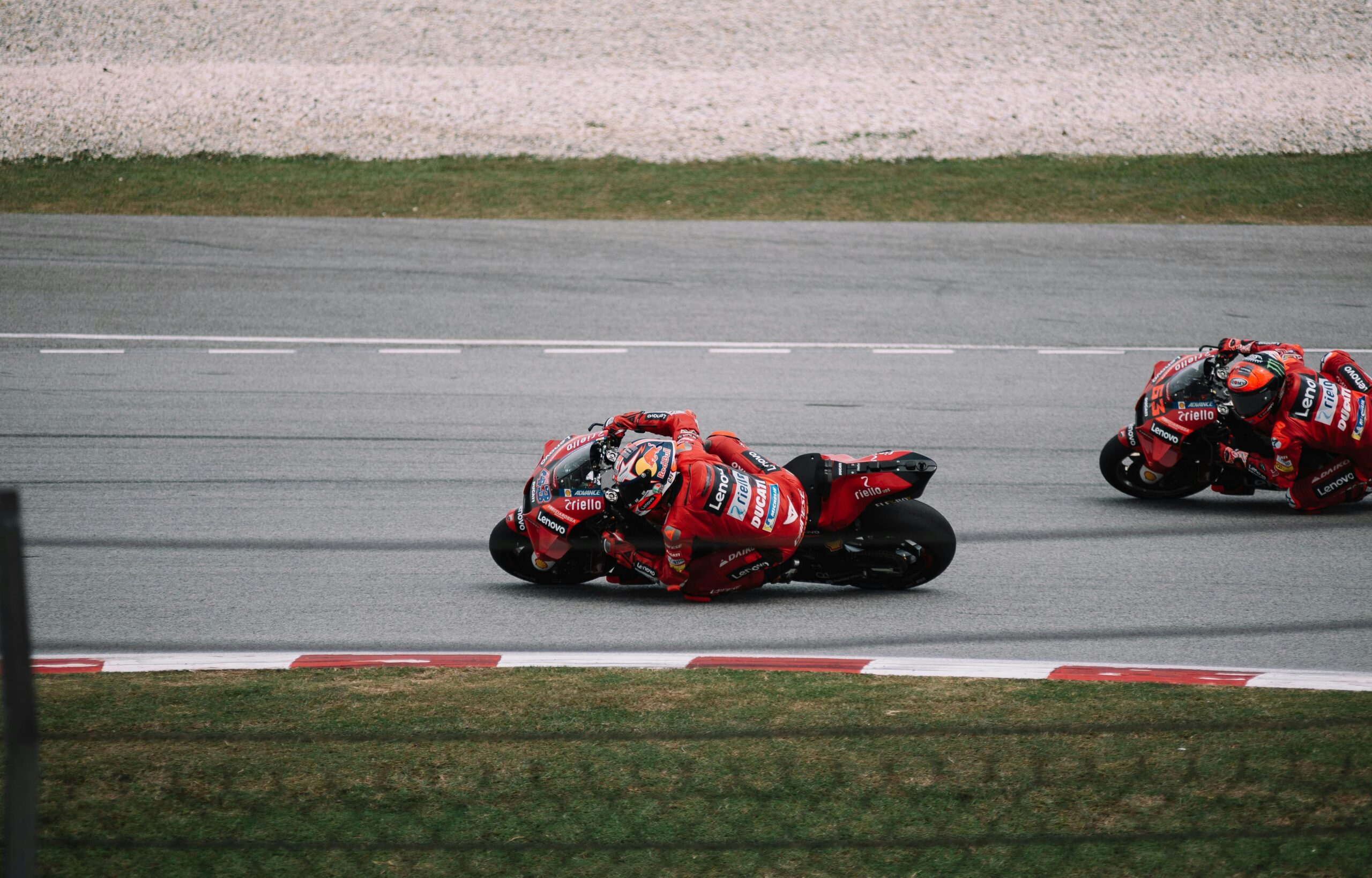
Sounds Like Your Laptop Fan During a 4K Render—Whirrrr
This moment slapped me awake: if you don’t analyze rider stats beyond mere gut feelings, you’re missing half the story. And yes, my early rookie mistake of betting solely on “big names” cost me big time (*cough* #BadBettingChoices).
Optimist You: “Follow these tips!”
Grumpy You: “Ugh, fine—but only if coffee’s involved.”*
Step-by-Step Guide to Analyzing Performance
Step 1: Look Beyond Lap Times
Lap times alone tell you nothing about consistency. Use advanced metrics like fastest sectors, braking zones, and recovery speed after mistakes. These nuances separate champs from contenders.
Step 2: Compare Riding Styles
Some riders prefer smooth corner exits (e.g., Fabio Quartararo), while others go full throttle into every bend (hello, Marc Márquez). Understanding these differences helps predict who’ll excel on which circuits.
Step 3: Factor In Team Dynamics
Teammates may share bikes, but strategy often pits them against each other. A great example? Ducati’s internal rivalry between Francesco Bagnaia and Jack Miller in 2022—it boiled down to tire management over raw power.

Top Tips for Accurate Team Rider Comparisons
- Avoid Overvaluing Wins Alone: Sometimes podium finishes matter more than victories due to championship points systems.
- Track Conditions Count: Rain specialists versus sunny-day savants—consider weather adaptations.
- Tire Strategy Is Everything: Who uses softer compounds longer? What’s their pit-stop game plan?
- [Terrible Tip Disclaimers:] Don’t base analyses on fan hype alone; emotions cloud facts faster than fog settling over Silverstone.
Case Study: The Rossi vs Marquez Showdown
In 2014, the clash between Valentino Rossi and Marc Márquez became legendary—not just for sheer skill but for the psychological warfare baked into every turn. Rossi played mind games with slower starts, forcing young Márquez to overcommit. Yet, Marquéz retaliated with audacious passes that left audiences gasping.
The outcome? Both riders pushed themselves—and their machines—to extremes. Statistical analysis showed their average top speeds differed by mere milliseconds, proving just how evenly matched they were.
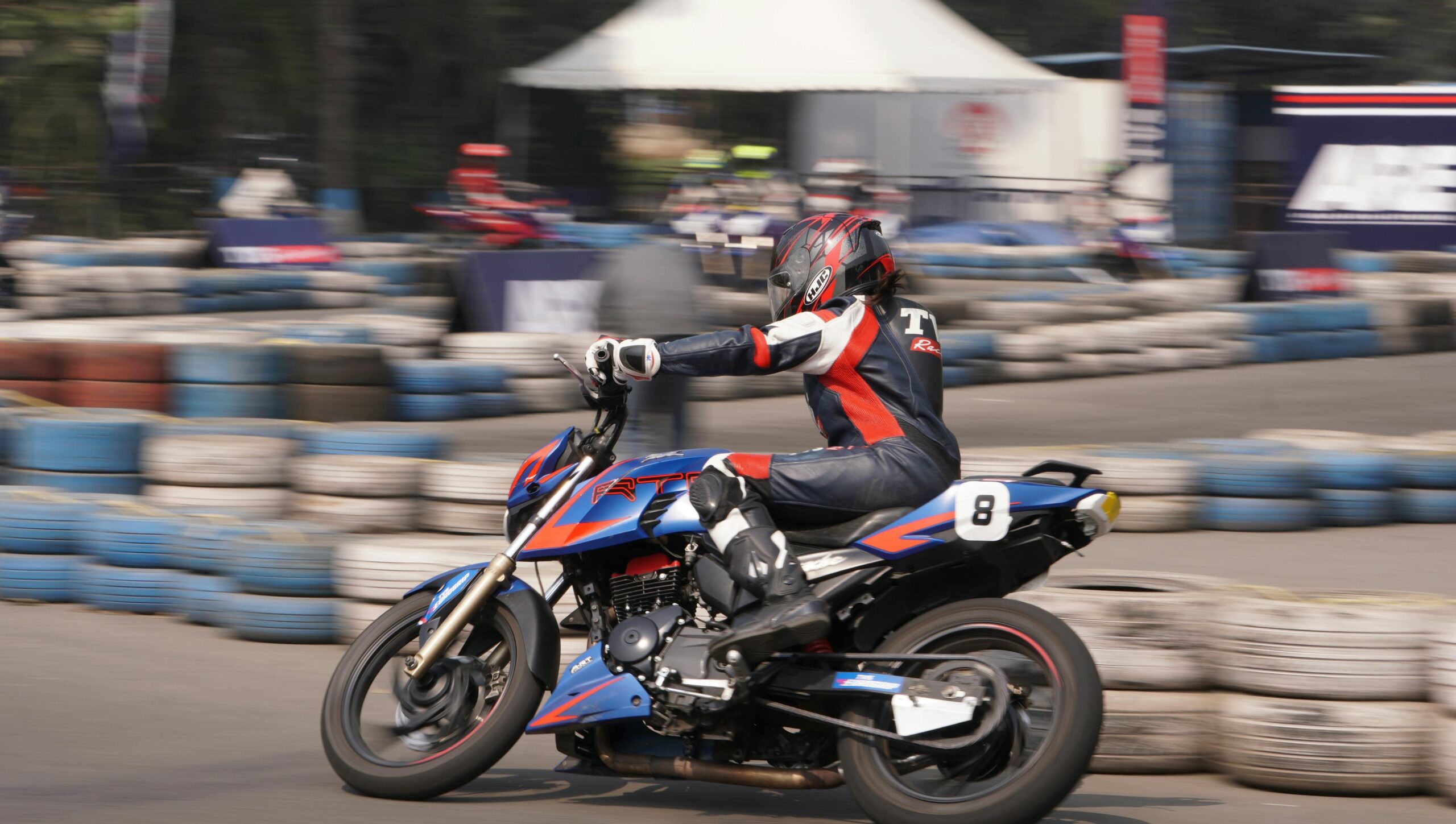
Frequently Asked Questions About MotoGP Comparisons
Q: How do manufacturers impact rider comparisons?
A: Manufacturer backing determines engine power, aerodynamics, and tech innovations. However, even the best machines need skilled riders to maximize potential.
Q: Can older riders compete with younger ones?
A: Absolutely. While physical endurance might dip as riders age, experience compensates through smarter tactics and track familiarity.
Q: Why is qualifying position crucial for comparison?
A: Starting grid positions set the tone for races. A strong qualifier gains critical seconds early, especially at twisty circuits like Jerez.
Conclusion
MotoGP isn’t just about speed—it’s about strategy, psychology, and teamwork. By mastering the art of Team Rider Comparisons, you unlock deeper insights into what truly drives racing success. Whether you’re a die-hard fan, budding analyst, or casual viewer, understanding these dynamics will elevate your enjoyment of every race weekend.
And remember—like a Tamagotchi, your SEO needs daily care. Keep refining your insights, stay updated on trends, and watch your expertise grow stronger with every race!
